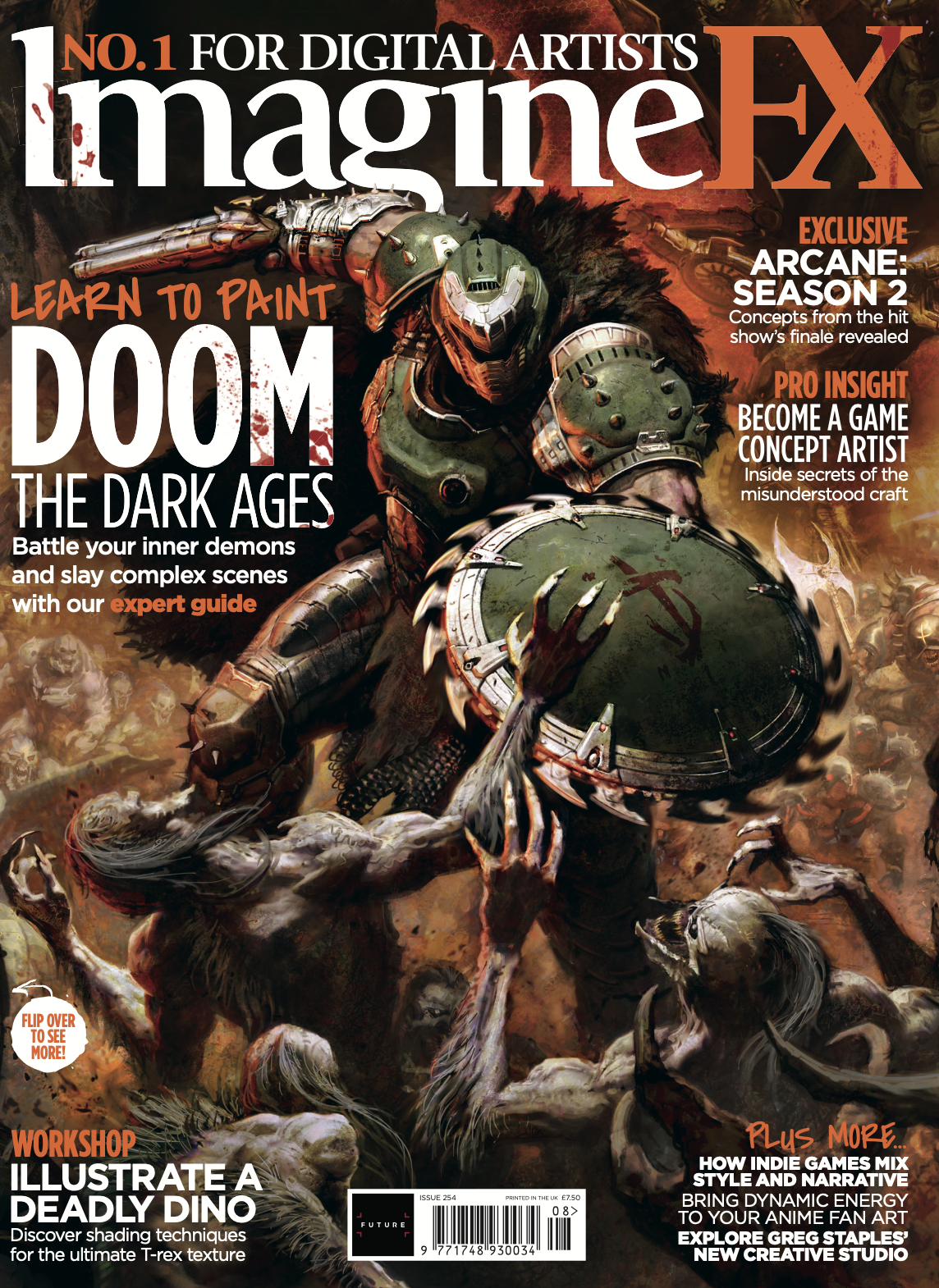
Michael Johnson, founder of Johnson Banks, is known for his strong opinions. So it's no wonder that he knows exactly what he's looking for in a graphic design portfolio.
We sat down with him to uncover the nitty gritty of what he's looking for in a design portfolio, what impresses him, what makes him happy and what is likely to arouse his ire and dismay. Read on for his five dos and don'ts when it comes to portfolios...
01. Do avoid distractions
How you should lay out your work? “For me, anything that gets in the way of the actual work is a problem,” says Johnson. “So really art-directed headers, titles, graphic edges and suchlike are a huge turn-off. The work should stand on its own and not need a frilly border. Online, if the web navigation is getting in my way or slowing the process down, that’s also very distracting.” In short, it’s all about focusing attention on the work alone. “For me, it’s the same every time. Three great projects – okay. Five great projects – interesting. Eight great projects? Hired.”
02. Don't neglect small details
Design is about detail, so neglect even the tiniest thing and you’ll end up on the rejected pile. Johnson shares some of the biggest misdemeanours he’s witnessed: “Sending 56-page pdfs when 15 was the stated limit. Sending 25MB files. Sending links to Dropbox folders or WeTransfer links.”
Then there are the oh-so-irritating spelling mistakes, including: “Spelling my name wrong: Michael is not spelt MICHEAL, and nor is my name Michael Banks.” Johnson’s pet hates when it comes to portfolios also include: “Sending emails to Johnson Banks that still say ‘Dear Wolff Olins’. Sending blanket ‘Dear Info’ emails to 50 design groups. And not looking at our website before sending samples. For example, Johnson Banks don’t do packaging. Yet, designers still send us packaging projects. Why?”

03. Do fill it with ideas
If you’re applying for a creative position, you need to demonstrate more than just technical ability. “So your portfolio needs to be full of great ideas, demonstrating a lively and engaging mind, an interest in the world, and design’s role within it,” stresses Johnson. “The best ones are just crammed with ideas; and then at second interview, they reveal personal work or more layers which make me like the work even more.”
04. Don't oversell yourself
Your portfolio should sell your skills and vision as a designer, but don’t push things too far, cautions Johnson. “Being overly chippy and telling me how great you are, just in the email, is a pet peeve. Another one is putting work in your folder that you basically only did the photocopying for... then forgetting to tell me that.”
05. Do be personable
When it comes to talking an employer through your portfolio in an interview, not everyone gets it right. “The vast majority of people forget they are presenting to someone else, and present to themselves, not me,” says Johnson. “Spooky, really. Oh, and you need to be able to justify design decisions. Saying ‘I’ve always liked this typeface’ is not a reason.”
This article was originally published in Computer Arts, the world's leading magazine for graphic designers. Buy issue 278 here or subscribe here.
Read more:

Thank you for reading 5 articles this month* Join now for unlimited access
Enjoy your first month for just £1 / $1 / €1
*Read 5 free articles per month without a subscription

Join now for unlimited access
Try first month for just £1 / $1 / €1
Get the Creative Bloq Newsletter
Daily design news, reviews, how-tos and more, as picked by the editors.

Tom May is an award-winning journalist and author specialising in design, photography and technology. His latest book, The 50th Greatest Designers, was released in June 2025. He's also author of the Amazon #1 bestseller Great TED Talks: Creativity, published by Pavilion Books, Tom was previously editor of Professional Photography magazine, associate editor at Creative Bloq, and deputy editor at net magazine.
